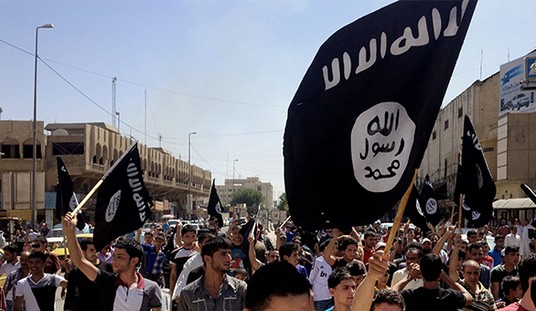The invasion of Iraq by the coalition forces in 2003 tipped the strategic balance heavily in Iran’s favor. In less than two weeks, the US decapitated Saddam’s regime, something Ayatollah Khomeini could not do after eight years of war from 1980-1988.
The region’s other players, including Saudi Arabia, Jordan and the United States itself, have since tried to contain Iran’s growing influence. This is becoming an urgent matter for them. Iran today has the strongest foreign intelligence force in all of Iraq. Ministry of Information and Security (VAVAK) operatives, with the help of Iraqi Shiites have been embedding themselves in Iraq’s civil and administrative bureaus, while members of the IRGC Al Quds force have been collecting intelligence on US and British forces, as well as penetrating Iraq’s security apparatus. Such operatives are not confined to Shiite areas only. Recently, with the help of members of Muqtada Al Sadr’s Mahdi army, a number of whom double as Iraqi security agents, Iranian operatives have managed to penetrate deep within Baghdad’s Sunni areas where they have been hunting down Sunni militants. This is an unprecedented step which is causing much worry and fear among Iraq’s Sunni population.
In order to curb Iran’s influence in Iraq, so far, a number of methods have been applied. These include isolating Iran in the international arena, in important forums such as the UN. In fact, one of the reasons behind the success of US and EU lobbying to get sanctions imposed against Iran is Tehran’s increasing unpopularity for its actions in Iraq. This is why countries such as China, Russia and even Qatar joined in. Iran’s inability to join the World Trade Organization, and increasing divestment campaigns by Western Banks and US organizations have also been used to send a message to Tehran that as well as its nuclear program, its actions in Iraq are destabilizing and unacceptable.
Tehran has been taking note of such actions, but it is not losing sleep over them. However, what is starting to reach the top of Iran’s threat assessment charts is the increasing number of attacks and threats against Iran’s territory and security, which are emanating from parts of Iraq in which Iran has a weak presence. This includes parts of Kurdish northern Iraq and the Sunni triangle area north of Baghdad.
These include a blatant threat by Al Qaeda, issued on July 9th in which the militant Sunni organization warned Tehran that unless it stops supporting Shiites in Iraq, Iran will become a target. PEJAK, an offshoot organization of the Kurdish PKK has gone a step further. It has used the security vacuum in Iraq to launch military attacks against Iranian forces, with a certain degree of success. The Iranian government is taking the PEJAK threat very seriously. To counter it, a wide scale operation was initiated last year inside Iranian territory to bolster Iran’s defenses. However, this has proved insufficient. PEJAK continued to harass Iran’s security forces. Inside Iran’s Supreme National Security Council, the sense of concern reached such high levels recently that its members decided that drastic action was needed. This entailed using Iran’s long range artillery against PEJAK forces based in northern Iraq. The attacks wounded two women while forcing the evacuation of 200 families.
The very fact that Iran took the step of attacking Iraqi territory and sovereignty shows that Tehran is worried. If it is unable to stop PEJAK forces, who are smaller, it will have far bigger problems stopping Al Qaeda, who has proven to be a capable adversary of US forces.
While Iran struggles to cope with such problems it has realized that, unlike its nuclear program, Iraq is one area where it needs international cooperation and consensus. Otherwise, it could turn into a security nightmare for Iran as well, forcing the country to become involved in a long and drawn out guerrilla type warfare right on its doorstep. This could have very negative repercussions for Iran’s security and deterrence posture.
This scenario offers a good opportunity for the US, and regional countries, to bring Ayatollah Khamenei’s regime back to the negotiation table to discuss not only Iraq, but also Iran’s nuclear program. This is because the Iraqi threat is proving itself to be more damaging than anything the UN could do against Iran. With Iran nearing the technological threshold needed to produce an atomic bomb, this could be the last opportunity the West has to force Iran to take the diplomatic channel seriously.
Meir Javedanfar is the co-author of the upcoming book “The Nuclear Sphinx of Tehran – Mahmoud Ahmadinejad and the State of Iran.” He runs Middle East Economic and Political Analysis (Meepas)









Join the conversation as a VIP Member